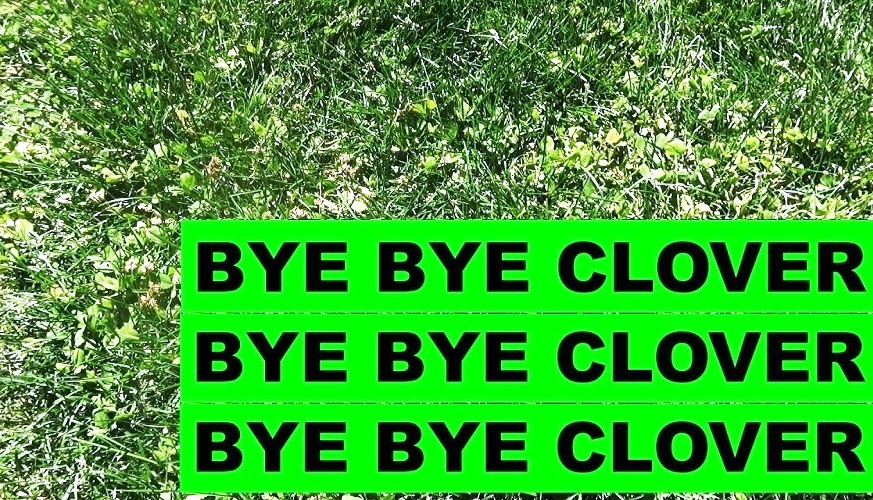Even if you consider yourself to be the master of lawn care, there are going to be some weeds that you just can’t seem to get rid of. For many, that weed is clover.
Here in Australia, experienced landscapers will tell you white clover tends to be a perennial weed that rears its ugly head more often than not. Its stems can grow up to around 30cm long, and it can spread like wildfire. There are worse lawn weeds to encounter, but clover is undoubtedly one of the most persistent.
Just when you think you’ve killed it for good, it comes back with a vengeance. More often than not, killing the actual clover is the easy part, but stopping it from growing from seeds is a lot harder. Clover seeds thrive in high and low temperatures. They can even remain dormant for several years before deciding to grow where they aren’t wanted.
How to Get Rid of Clover
Now that you know what it is, the next step to get rid of it. Fortunately, there are several ways to go about it while carrying out your regular lawn care practices.
Make Your Lawn Undesirable
When we talk about making your lawn undesirable, we don’t mean kill it or make it ugly. We mean make it undesirable for clover. Clover tends to grow in grass that is low in nitrogen. By making sure your lawn is healthy and well-fertilised, you are not providing an ideal growing environment for this pesky plant.
A simple soil test can determine if your lawns are lacking anything, such as nitrogen. You can also get a fair idea of a deficiency based on your lawn’s appearance. Nitrogen deficiency can show itself as slow-growing grass, thinning patches, yellowing lawn areas, and, you guessed it, weed growth.
Hand-pulling
If you only have a small patch of lawn and minimal clover growth, then pulling it out by hand might suit you perfectly. Clover can grow in clumps, which means you can pull out handfuls of it at a time. Just remember to pull it out by the roots so that it’s less likely to grow back.
Herbicides
Anyone with large lawn areas may not be too keen to get down on their hands and knees and remove clover by hand. Fortunately, herbicides are available to assist with clover removal. The clover leaves absorb the herbicide, deliver it to the roots, and slowly kill them off. Avoid applying herbicides around trees and shrubs, as they can sometimes be affected in the process.
Mow High
Many people with clover problems try to mow their lawns short to scalp the clover. Instead, you’re putting your grass under great stress. Meanwhile, clover has shallow roots and doesn’t mind at all. It’s a losing battle.
If you mow your lawns high and leave at least three inches of growth, you’re giving your grass a chance to grow taller than the clover and stunting its growth.
Clover is not the worst lawn weed to have. It can prevent other weeds from growing, helps your lawns appear lush, and is soft to walk on. In saying that, many people prefer a smooth, clover-free, and velvety lawn. Try any of these tips above and see if they make a difference.

